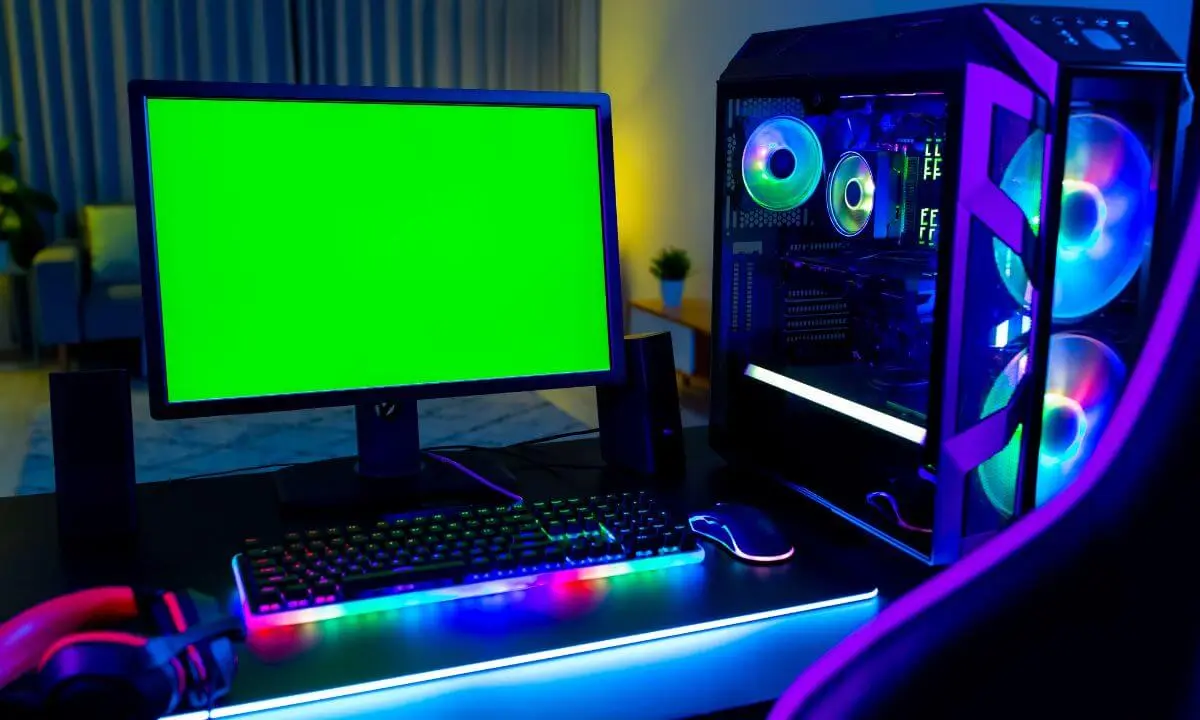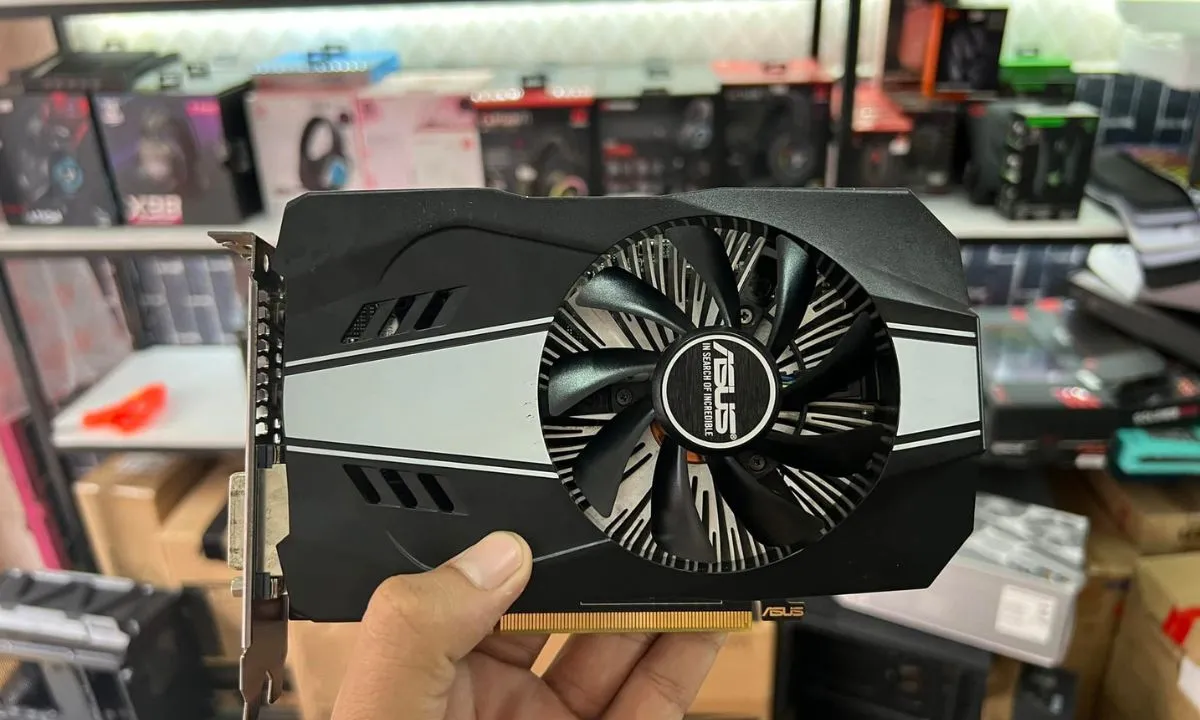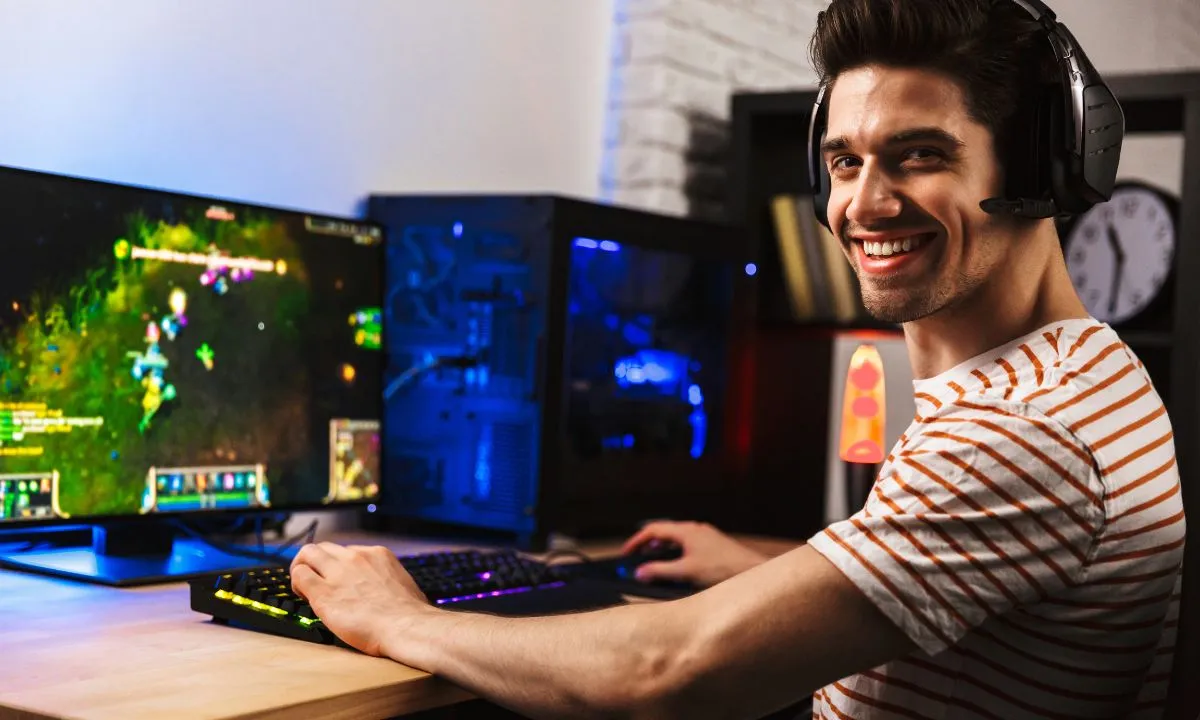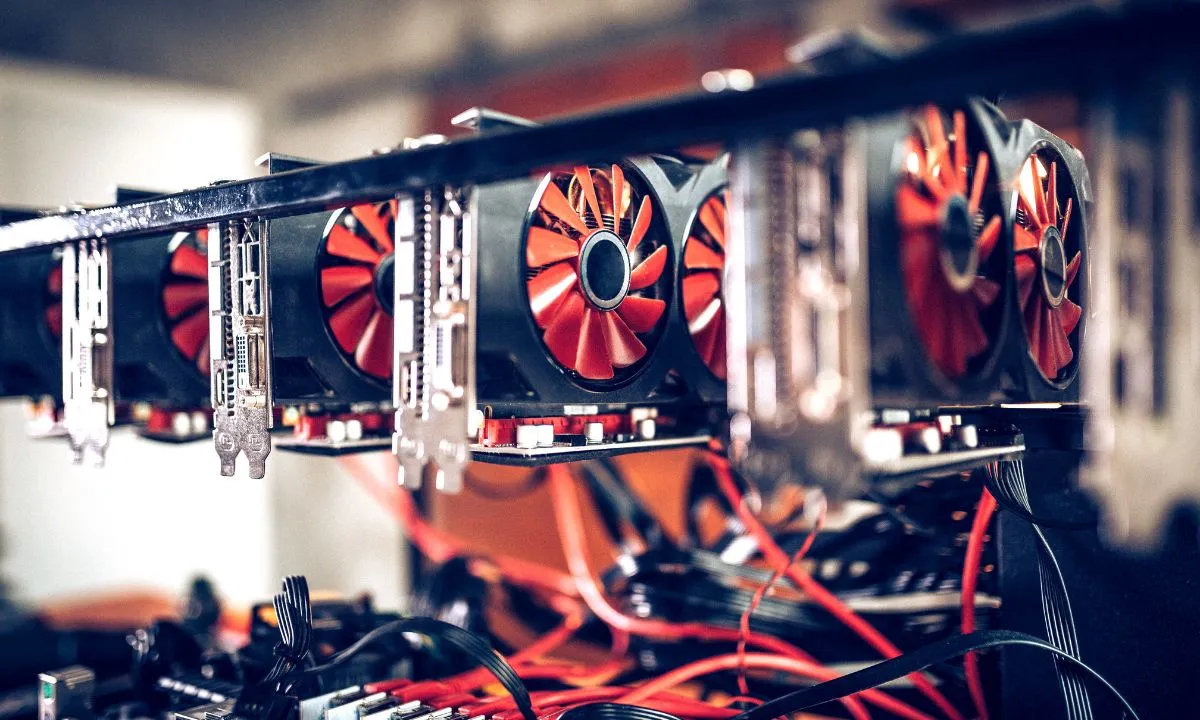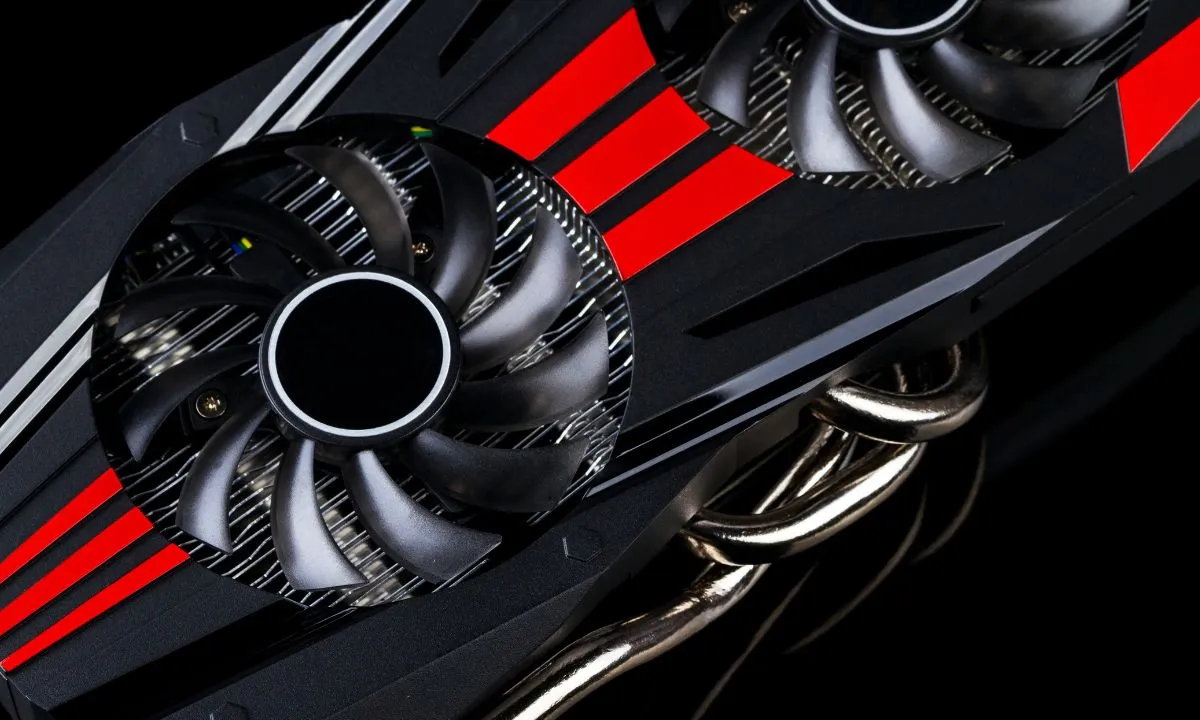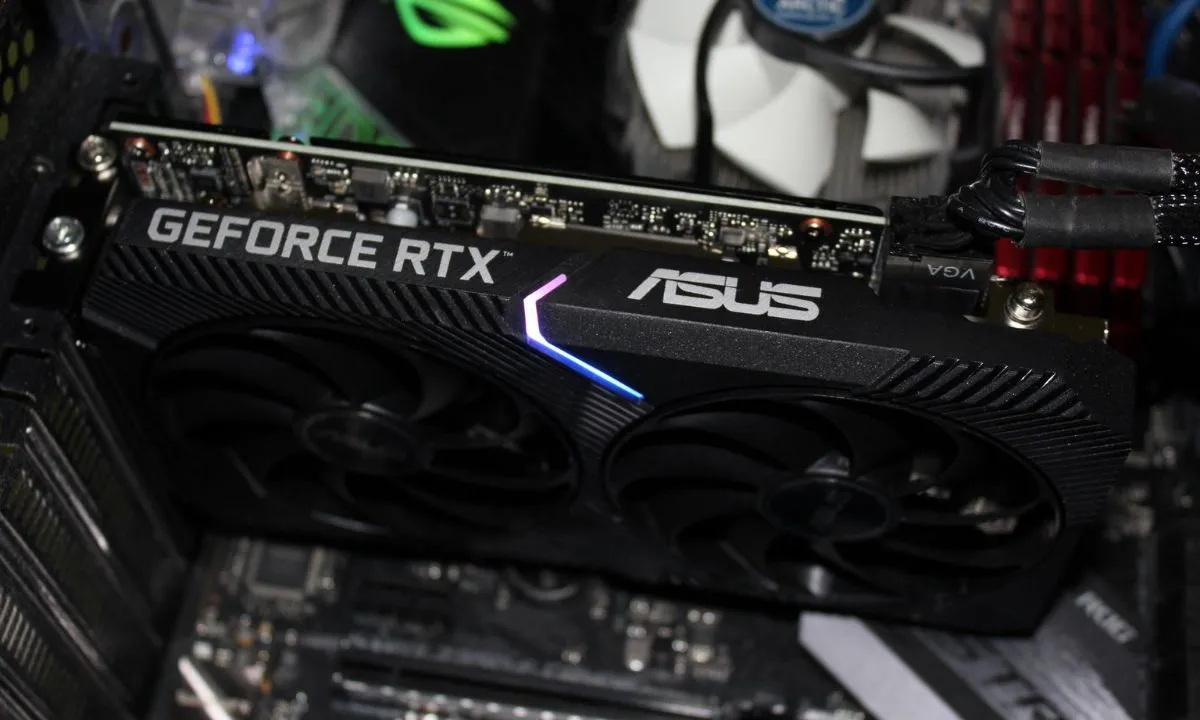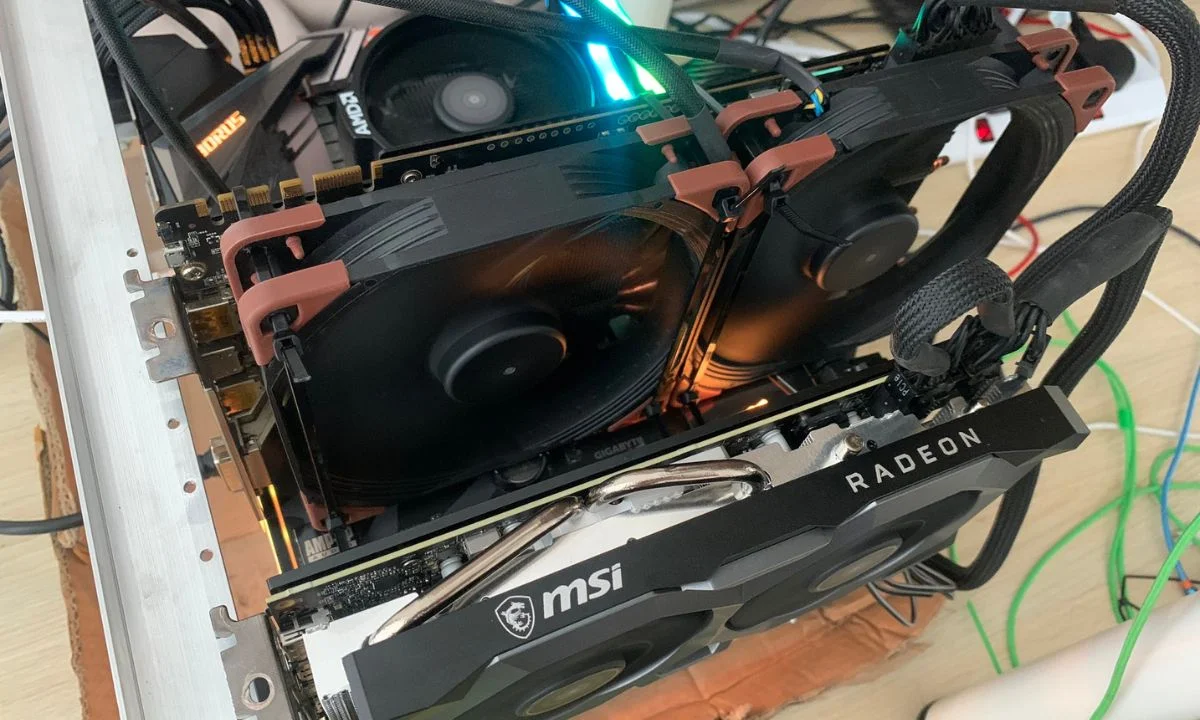A graphics card is among the most crucial components in a rendering or gaming computer that handles all the graphical queries. With such importance, people often run into issues with graphics cards due to their complex nature. There are times when a graphics card stops providing a signal and shows no display on the computer all of a sudden, whereas sometimes, the graphics card driver crashes, resulting in a system crash or at least an application crash. If you want a flagship graphics card, we have listed the best GPU for i7 13700KF in our guide.
The issue we are going to discuss today is somewhat different. When a user installs a new graphics card, there is a chance that he gets no display on the screen due to various issues. In this article, we will discuss all the issues that can happen when you install a new graphics card and get no display, so stay seated.
Things to Check When You Get No Display With New Graphics Card
There are many things that can go wrong when installing new graphics cards and sometimes these issues are resolvable with a simple trick. Below, we have listed some of the basic reasons that should be considered before going for a replacement.
BIOS Setup
BIOS is the core of a system’s configuration and the first thing you should check when you get no display is to check the BIOS setup. Since you can’t access BIOS without a display, you will have to use the integrated graphics card to follow this step. In case, your processor don’t have an integrated graphics card, you can ignore this step and go for the next one. If you have a GPU with fans not spinning and no display, check our detailed guide for a better understanding.
Check the BIOS key for your system and go to your BIOS setup during system start-up. Then you should search for PCI-E slot configuration. In case you have multiple PCI-E slots, you have to make sure that the slot that is used by the GPU is not disabled in the BIOS. If it is disabled, enable the PCI-E slot and select the highest PCI-E slot version available or leave it at Auto settings. Once enabled, restart the system and now connect the display cable to the graphics card. Hopefully, the GPU will start providing display after enabling the PCI-E slot.
Slot Compatibility
In some systems, the default slot to use for graphics cards is the one that is closest to the processor. In such cases, if you have installed the graphics card in any other slot, you should uninstall the GPU and install it into the topmost slot. This might resolve the issue of getting no display with new graphics card. If you own an i5 12400F, here we have ranked the best GPU for i5 12400F.
Disconnected Power Connectors
Most high-end graphics cards require additional power to be used in a system, which is why they use PCI-E power connectors. There is a chance that during installation, you might have only installed the graphics card in the PCI-E slot but not connected the PCI-E 6-pin or 8-pin power connectors. Modern graphics cards usually provide a display and ask to connect the power connectors but if you are using an old GPU, there is a chance that you get no display.
GPU Not Properly Inserted
Sometimes during GPU installation, the graphics card is not fully pushed into the PCI-E slots, which is why you get no display. This can also happen with a loose slot, although it is quite rare. This issue can be simply resolved the pressing the graphics card further into the slot. Moreover, you can also lock the graphics card at the rear of the case with provided screws, which confirms its valid installation. We have also described the complete anatomy of a graphics card, so check that for an excellent understanding of GPUs.
Faulty Cable or Output Port
When you get no display with a graphics card, you have to make sure that the display cable you are using is not faulty. If the cable is providing a display with the older graphics card or another system, this confirms that the cable is working correctly. In some cases, the output ports on the graphics card don’t work correctly. You should check the cable with another port of the graphics card. If there was any issue with the output port, you would get a display by using the other ports of the graphics card. The same goes for the input ports of the monitor, and if your monitor provides multiple input ports, you should try other ports for display. If you want a high-end GPU for an i9 processor, we have reviewed the best GPU for i9 12900KF on our site.
Faulty PCI-E Slot
The motherboard of a system is not a simple component. It hosts tons of other components that are responsible for a lot of jobs. That is why it is highly prone to faults. If you are not getting a display with a new graphics card, make sure that the PCI-E slot is in perfect condition. With a faulty PCI-E slot, your graphics card won’t display at all, which is why you should check the graphics card in another PCI-E slot on the motherboard.
Faulty Graphics Card
As mentioned earlier, a graphics card often goes bad due to high heat output. There are also cases of DOA graphics cards, i.e. Dead On Arrival. The easiest way to check this is to install another graphics card on the system and if the other graphics card is working perfectly, most likely you have a faulty graphics card. Graphics Cards these days have long warranties, which is why it is easy to claim a warranty and get a replacement graphics card. Meanwhile, if you own a Ryzen processor, we have displayed the best GPU for Ryzen 7 3700X here.
Conclusion
In this article, we have looked at all the possible reasons for getting no display with a new graphics card. The most common reasons are faulty graphics cards and faulty cable/IO ports, but the other steps mentioned above are going to provide advanced troubleshooting if you are not sure about the exact problem.
The solutions to all the issues are also mentioned respectively, which is why you will have an easy time troubleshooting the problem. In the worst-case scenario, all you will have to do is to get a replacement graphics card by claiming the warranty.
